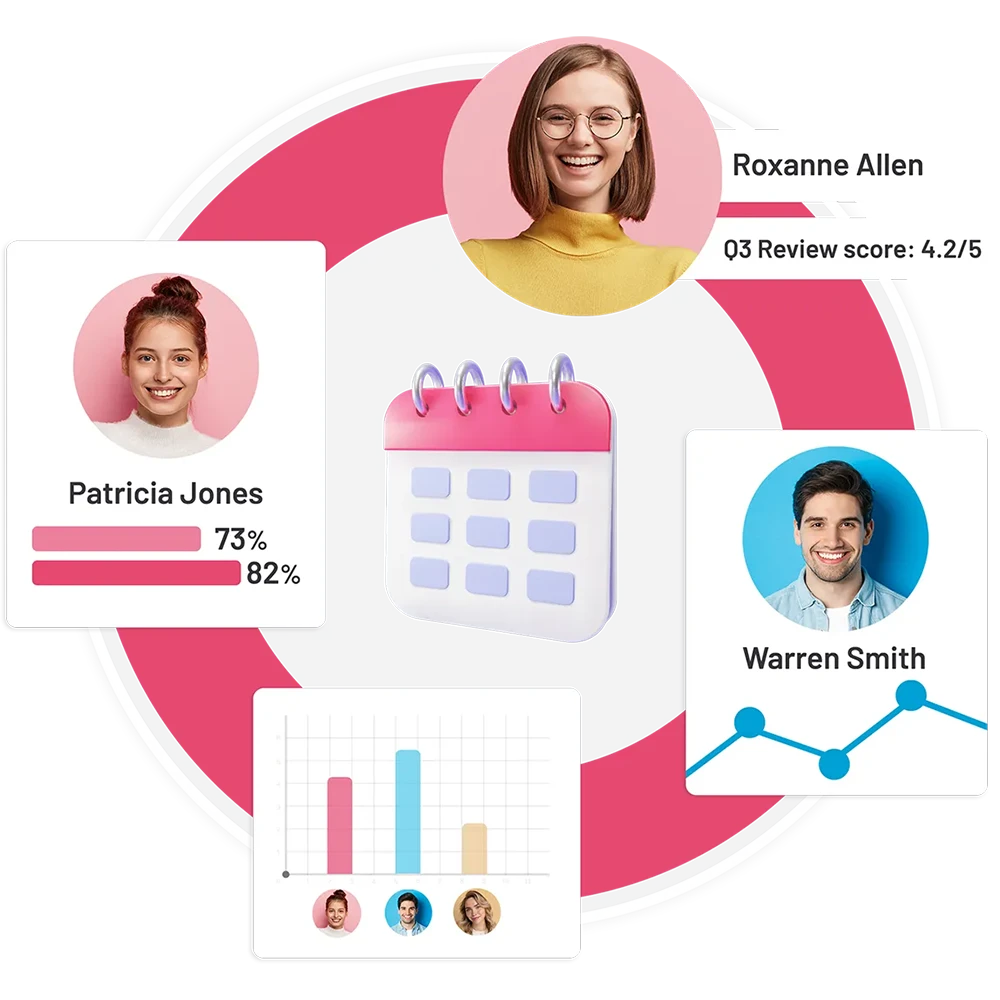Can you believe it? Year end reviews are just around the corner! To make sure you are approaching your end of the year performance reviews with the right mindset, we wanted to makes sure you we created the best possible year end review guide for you to follow.
In this article on how to conduct year end reviews, we explore some of the best practices for year end reviews, common mistakes to avoid with end of the year performance reviews, sample year end review questions, and of course a free year end review template for you to download!
Table of Contents
Get The Most Out Of Your Annual Reviews
Whether you are conducting year end reviews or any other performance review regardless of frequency, you need to make sure that you are using the right tools for the job. Analog tools like Microsoft Word performance review templates have far overstayed their welcome and they should definitely be replaced with performance review software.
While we have previously written lists on some of the top performance review software out there, if your organization uses Microsoft Teams, you should definitely give the only performance review software designed specifically for Microsoft Teams: Teamflect!



